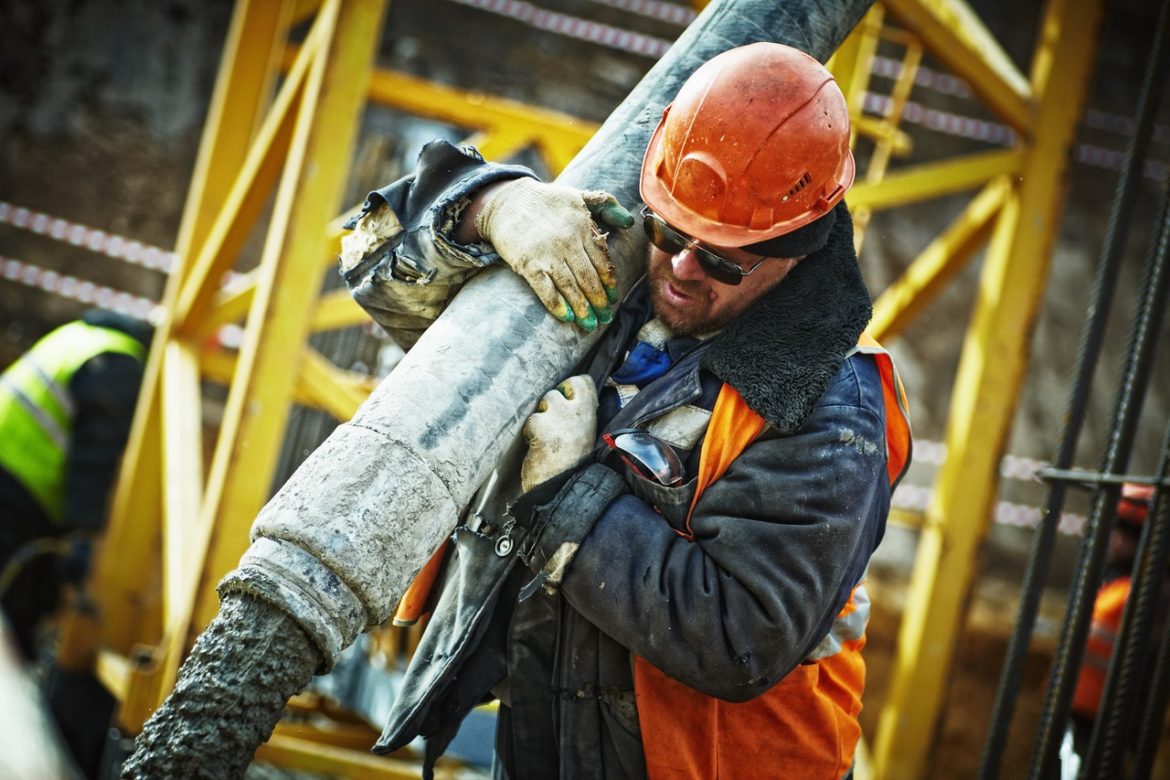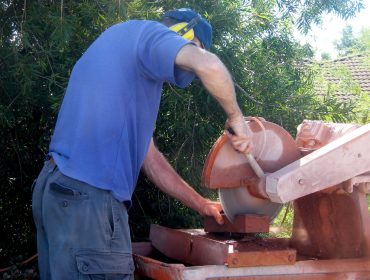The building of New York’s Empire State Building is frequently viewed as the figurative and literal pinnacle of building efficiency, increasing 1,250 ft and 102 stories in the floor to its rooftop spire in just over 13 weeks. Compared to many other buildings its height, it took only five lives. Indeed, most of the current construction jobs are lucky to come close to that level of speed, whatever the building’s dimensions. While the building industry traditionally has been slow to change the way it functions, many new technologies are poised to usher in a new era of faster and more automatic construction practices.
Three-dimensional (3D) prints are one of the key technologies which are expected to alter the way structures are built in the future, as building contractors and engineers seek methods for finishing buildings faster, more effectively, and, frequently, with more considerable attention paid to sustainability. Large printers that could print construction materials like foam or concrete to specific shapes can radically accelerate the production of walls, decorative or ornamental pieces, as well as specific structural components. Moreover, in certain scenarios, custom-built or individual items can be made onsite or in a factory, at a far lower cost than by using conventional, one-off casting methods.



